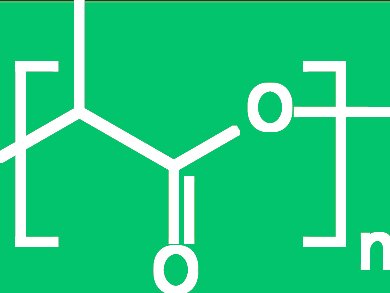Thailand’s National Innovation Agency (NIA) and the Germany-based Nova Institute GmbH presented at the Flexpo Bangkok conference in Thailand estimations for the worldwide polylactic acid (PLA) capacity till 2020. Thy say, capacity will rise from 182,000 metric tons a year in 2011 to 721,000 metric tons in 2020. Asian capacity is expected to reach more than 350,000 metric tons.
Indonesia, Malaysia, Thailand and other countries in Asia have strong government support for bio-based materials of all sorts and plentiful feedstocks from agriculture. This will push Asia to overtake North America in bio-based PLC capacity by 2020. Thailand is hoping to become a bioplastics hub.
As the Asian domestic market demand for PLA is expected to remain weak, much of the PLA production capacity will be exported.
The research also shows that Chinese companies had problems with the quality of their lactic acid between 2007 and 2011. This lead to a decrease in Chinese exports of PLA from 4,400 metric tons in 2007 to 237 metric tons in 2009. Exports remained at those low levels in 2010 and 2011 and Chinese imports of PLA increased from about 1,200 metric tons in 2007 to 4,000 metric tons in 2011.
The “Market Study on Bio-based Polymers and Plastics in the World” will be published in January 2013 by NIA and Nova Institute GmbH.
- Asia to top PLA capacity by 2020
PlasticsNews - National Innovation Agency (NIA), Bangkok, Thailand
- Nova Institute GmbH, Hürth, Germany




